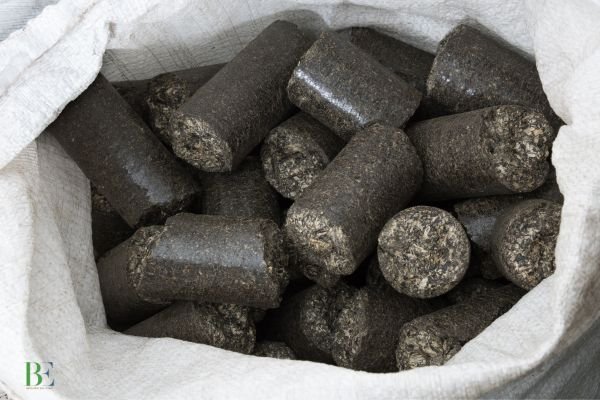
Why is Biomass Briquette known as White Coal
Biomass briquettes are often called “White Coal” because they serve as a clean and renewable alternative to traditional fossil fuels like coal (which is black). Here’s a breakdown of why the term “White Coal” is used:
Clean Energy Source
- Unlike black coal, biomass briquettes produce very little smoke and no harmful gases like sulfur dioxide when burned.
- They have low ash content and are non-polluting, hence considered “white” or clean.
Eco-Friendly and Renewable
- Made from agricultural waste (like sawdust, husk, or stalks), briquettes are sustainable and help in waste management.
- “White” in this sense also symbolizes environmental purity and sustainability.
Alternative to Traditional Coal
- The term “coal” is used because briquettes serve a similar purpose — providing fuel for heating and industrial processes.
- Hence, “white coal” suggests a cleaner version of coal.
Popular Industrial Usage
- White coal is used in industries like boilers, cement, brick kilns, and more, replacing fossil fuels.
Here’s a comparison chart between White Coal (Biomass Briquettes) and Black Coal (Fossil Coal):
| Feature | White Coal (Biomass Briquettes) | Black Coal (Fossil Coal) |
|---|---|---|
| Source | Renewable (agricultural waste, biomass) | Non-renewable (fossilized organic matter) |
| Color | Light brown to dark brown | Black |
| Eco-Friendliness | Eco-friendly, low emissions | High pollution, emits CO₂, SO₂, NOₓ |
| Ash Content | Low (5–10%) | High (20–40%) |
| Calorific Value | 3,500–5,000 kcal/kg | 5,000–6,500+ kcal/kg |
| Smoke Emission | Very low | High |
| Carbon Content | Lower | Higher |
| Cost | Generally cheaper | More expensive |
| Moisture Content | 8–10% (after drying) | 5–15% (can vary) |
| Storage & Handling | Easy, non-toxic | Risk of spontaneous combustion, toxic dust |
| Combustion Residue | Organic ash (can be used as fertilizer) | Toxic ash (disposal issue) |
| Availability | Locally available (depends on agro-waste) | Limited to mining areas |
| Usage | Boilers, kilns, furnaces, home heating | Power plants, metallurgy, heavy industries |
